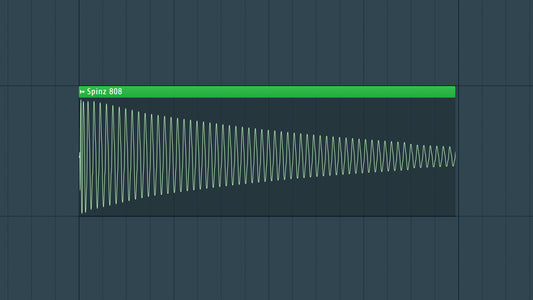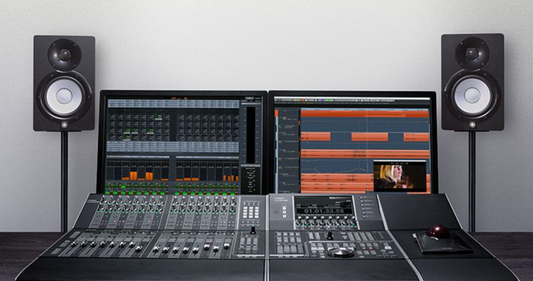Introduction
I have been creating sample packs for over 10 years, and I wanted to share my top tips for creating unique and usable sample packs. In the vast landscape of music production, a well-crafted sample pack can be a gold mine for fellow producers seeking inspiration. Creating your own sample pack is not just about recording snippets of sound; it's about curating a collection that sparks creativity and stands out in a crowded market. In this blog, we'll explore ten essential tips to guide you in the process of crafting your own sonic arsenal.
DOWNLOAD 20+ FREE SAMPLE PACKS - CLICK HERE!

- Define Your Theme and Purpose: Before diving into recording, define the theme and purpose of your sample pack. Are you focusing on a specific genre, mood, or instrument? Understanding the theme ensures coherence in your pack and helps target a particular audience.
- Curate a Diverse Selection: Offer variety within your sample pack. Include a mix of drum hits, loops, melodic elements, and textures. A diverse selection ensures that producers can find inspiration across different elements of their tracks.
- Invest in Quality Recording Equipment: To capture the essence of your sounds, invest in quality recording equipment. A good microphone, audio interface, and acoustically treated space contribute to the clarity and fidelity of your samples.
- Capture Natural and Unique Sounds: While traditional instruments are valuable, consider capturing natural and unique sounds around you. Record ambient noises, field recordings, or unconventional instruments to add character to your sample pack.
- Organize and Label Effectively: A well-organized sample pack is user-friendly. Label your samples with relevant information such as BPM, key, and type. This makes it easy for producers to navigate and integrate your samples seamlessly into their projects.
- Include Variations and Layers: To enhance usability, include variations and layered samples. This allows producers to experiment with different textures and tones, providing flexibility in their creative process.
- Offer Both Dry and Processed Versions: Balance is key. Include both dry and processed versions of your samples. While some producers prefer raw, untouched sounds for creative freedom, others may appreciate pre-processed samples for immediate use.
- Provide MIDI Files and Sampler Patches: Enhance the value of your sample pack by including MIDI files and sampler patches. MIDI files offer flexibility in manipulating melodic elements, and sampler patches streamline the integration of your samples into various digital audio workstations (DAWs).
- Create Demo Tracks: Demonstrate the potential of your sample pack by creating demo tracks. Showcase how the samples can be used in different contexts and inspire creativity. This also gives producers a preview of what they can achieve with your collection.
- Engage with Your Audience: Once your sample pack is ready, engage with your audience. Share snippets on social media, offer insights into your creative process, and encourage feedback. Building a connection with your audience fosters a supportive community around your work.
DOWNLOAD 20+ FREE SAMPLE PACKS - CLICK HERE!
Conclusion
Crafting your own sample pack is not just a technical endeavor; it's a creative expression that resonates with producers worldwide. By following these ten tips, you can create a sample pack that not only reflects your unique sonic identity but also becomes a valuable resource for fellow creators. So, embark on this sonic journey, and let your samples spark inspiration and innovation in the realm of music production.




